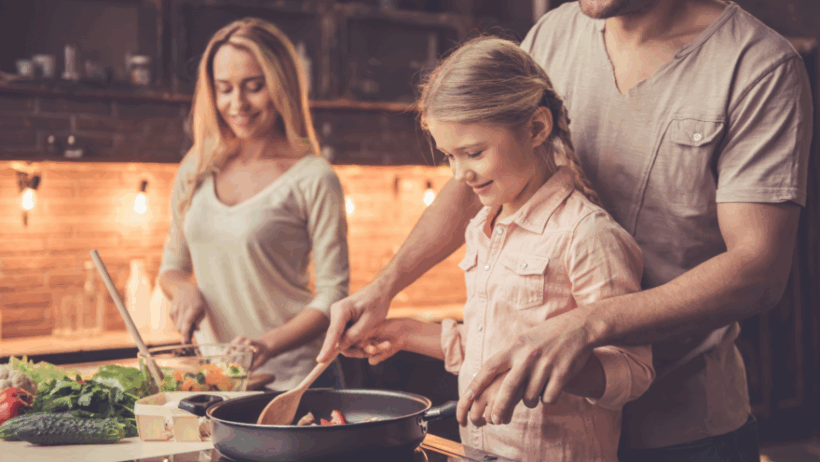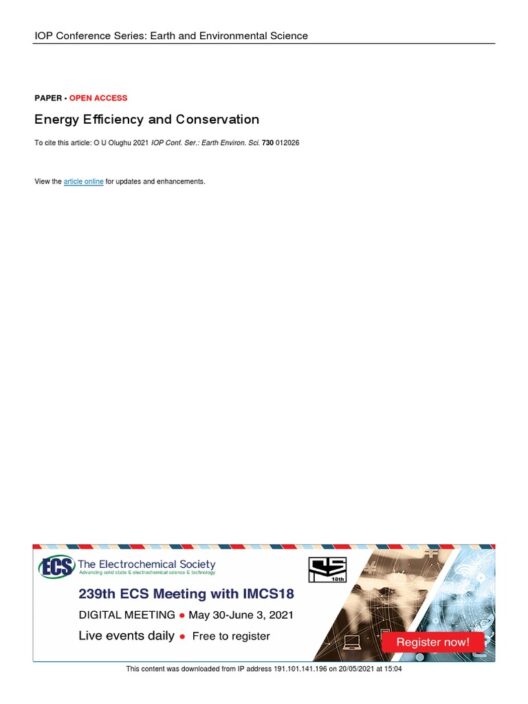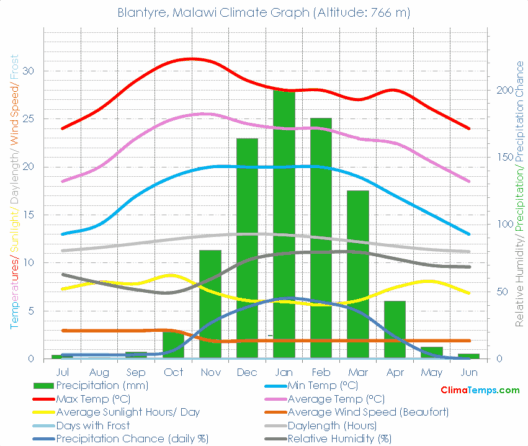Cooking is not merely an act of nourishment; it is an intricate dance of heat, creativity, and chemistry. Yet, in our daily culinary endeavors, we often overlook a significant opportunity to alleviate the burden of environmental degradation. Energy consumption in the kitchen exemplifies an area where simple adjustments can lead to tremendous ecological benefits. Surprisingly, the common observation that cooking uses a substantial amount of energy masks deeper motivations for adopting eco-friendly practices. By combining efficiency with creativity, individuals can transition towards a more sustainable lifestyle.
To commence, let us explore the multifaceted reasons for reducing energy consumption while cooking. The combustion of fossil fuels for energy contributes to greenhouse gas emissions, a primary driver of climate change. By conserving energy, we diminish our carbon footprint, thereby alleviating the adverse impacts on our planet. Additionally, energy-efficient cooking can lead to cost savings, as reducing energy consumption translates to lower utility bills. This dual advantage manifests a compelling incentive for a sustainable cooking approach.
One of the most straightforward methods to conserve energy is through the selection and utilization of energy-efficient appliances. Modern cooking technology offers a plethora of options designed with energy efficiency in mind. Induction cooktops, for instance, heat pots and pans directly, often achieving cooking temperatures faster than traditional electric or gas stoves. Such appliances minimize heat loss, yielding substantial energy savings over time. Furthermore, consider investing in a microwave or toaster oven for smaller tasks—these devices typically consume less energy than conventional ovens.
The placement of cookware holds inherent significance in energy conservation. When using traditional stovetops, employing flat-bottomed pans that match the size of the burner prevents heat loss. A mismatch in size can lead to inefficient heating; the excess heat escapes and goes to waste. Additionally, using lids whenever possible traps steam and heat, hastening the cooking process while requiring less energy input. Notably, utilizing glass or ceramic pans can also facilitate the cooking with lower heat settings, as these materials retain heat more efficiently than metal.
Another crucial aspect to consider is meal planning and preparation. By strategically planning meals for the week, one can minimize energy usage by cooking in larger batches. An oven preheats takes energy, and thereby, cooking multiple items simultaneously maximizes that energy expenditure. Moreover, consider preparing dishes that utilize similar cooking temperatures or times. For example, if you’re baking a lasagna, you can roast vegetables on a separate rack of the oven during the same time frame, thus optimizing the cooking process.
Aside from appliance use and smart planning, embracing seasonal and local produce can contribute significantly to energy conservation. The transportation of food items across vast distances entails considerable energy input, primarily through fossil fuel combustion. By opting for locally sourced ingredients, not only is the carbon footprint reduced, but the nutrient profile of the meals improves as well. Seasonal produce often requires less energy-intensive processing and preservation, making it a more environmentally conscious choice.
Following the concept of locality, one must also acknowledge the environmental impact of food waste. Conscientiously managing food quantities, diversifying meal choices, and repurposing leftovers are essential strategies to mitigate waste. This practice not only conserves energy but also aligns with broader sustainability principles. For instance, vegetable scraps can be repurposed into stocks or compost, reducing waste and promoting a circular economy within the kitchen concept.
Moreover, collectively integrating eco-friendly habits into cooking can yield impactful results. Adjusting the thermostat on dishwashers or washing machines can significantly alter energy consumption patterns. Utilizing these appliances during off-peak hours—often late at night—can reduce strain on energy grids while supplying the added benefit of cost-efficiency. Furthermore, embracing the power of uncooked meals, such as salads or smoothies, could offer a captivating way to preserve energy and introduce variety to the diet.
Furthermore, consider exploring alternative cooking methods that rely on less energy. Pressure cookers, slow cookers, and even solar ovens operate on low energy inputs while enhancing the flavor profiles of meals. Notably, pressure cookers significantly reduce the cooking time for grains, beans, and meats. Their design enables the accumulation of steam, thereby cooking food more efficiently. Similarly, slow cookers can work throughout the day, using minimal energy while infusing thorough flavors into dishes.
Moreover, remaining vigilant about one’s energy consumption extends beyond cooking methods. Ensure that all kitchen appliances are maintained efficiently, as inadequate upkeep can lead to increased energy waste. Regularly clean the coils on refrigerators, seal leaks around the doors, and replace worn-out seals on ovens and microwaves. Such practices not only promote energy efficiency but also extend the lifespan of appliances, ultimately leading to less electronic waste.
In conclusion, the intersection of culinary artistry and environmental stewardship is a burgeoning niche that merits exploration. As the planet grapples with the repercussions of climate change and environmental degradation, individual actions within the kitchen can collectively yield profound implications. By implementing energy-conserving methodologies, from appliance selection to meal planning, we engender an ecosystem where our culinary experiences align harmoniously with eco-conscious practices. The pursuit of eco-friendly meals transcends mere practicality; it represents a commitment to effecting positive change in an interconnected world, one meal at a time.







